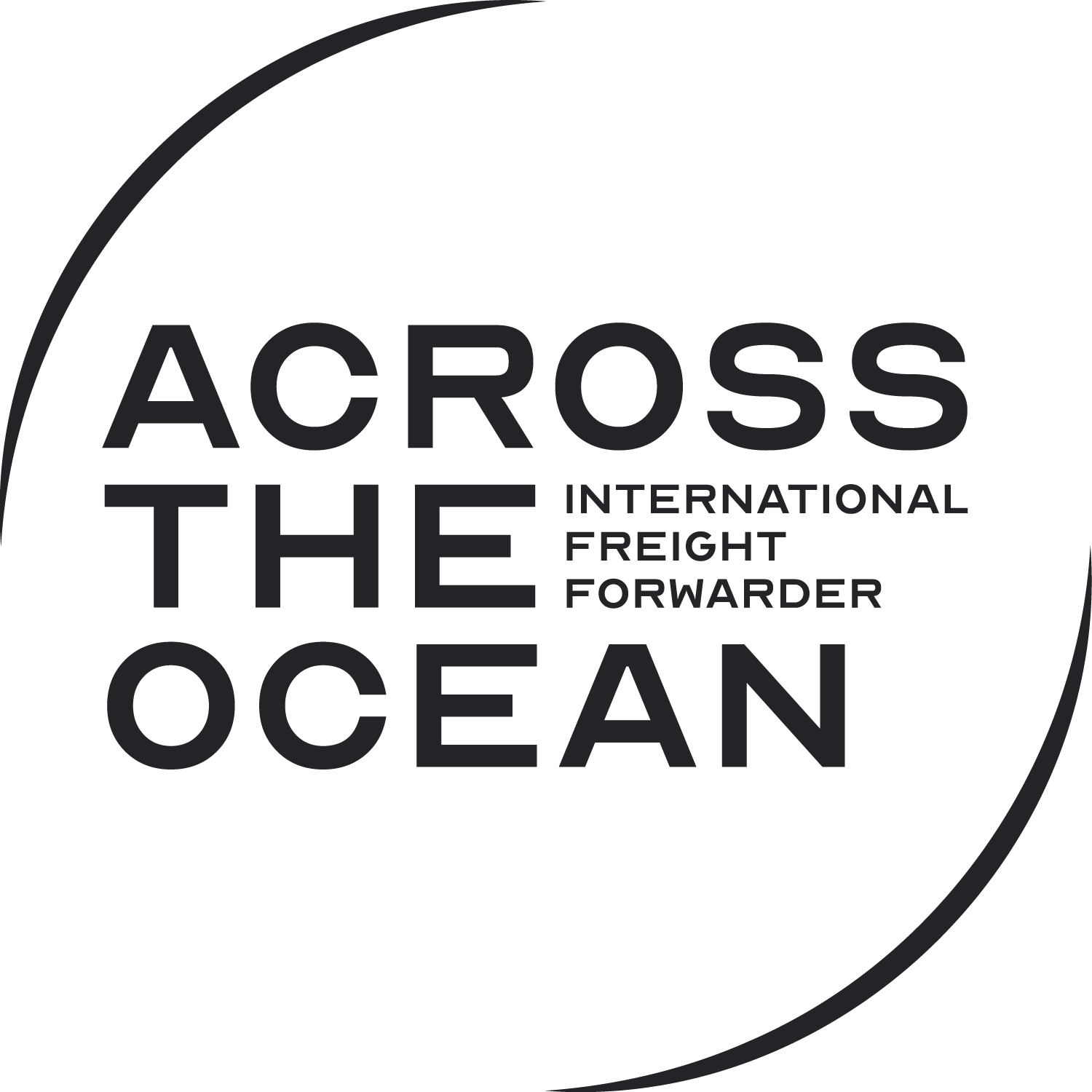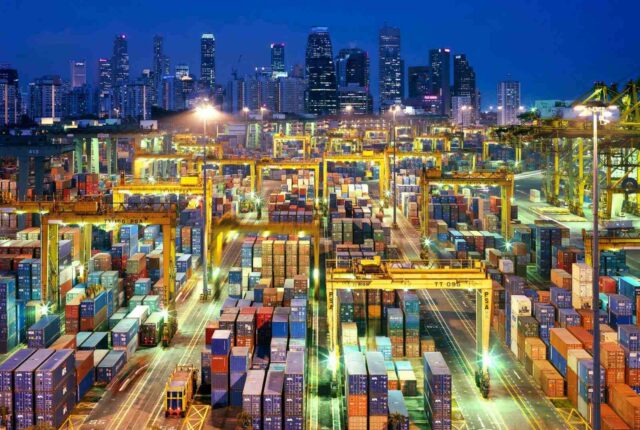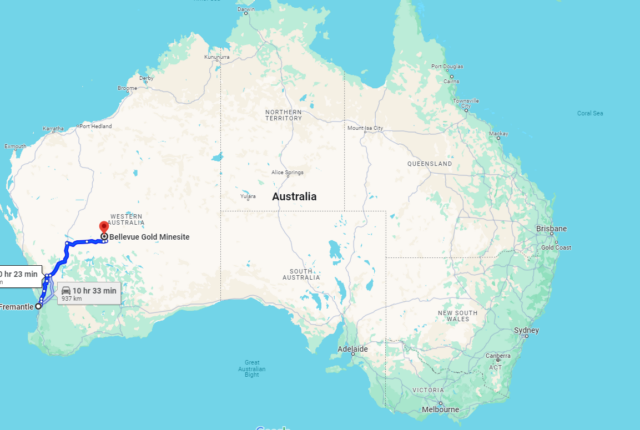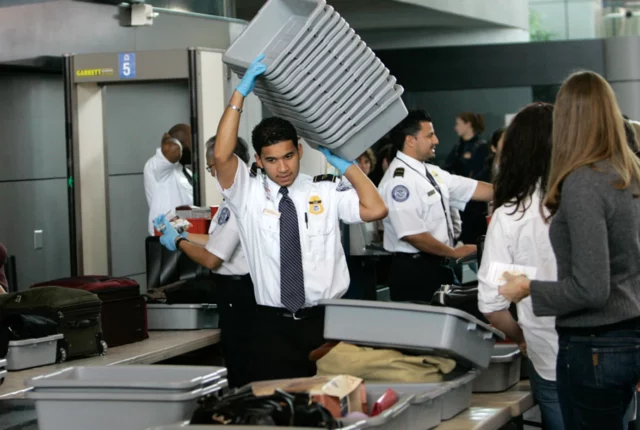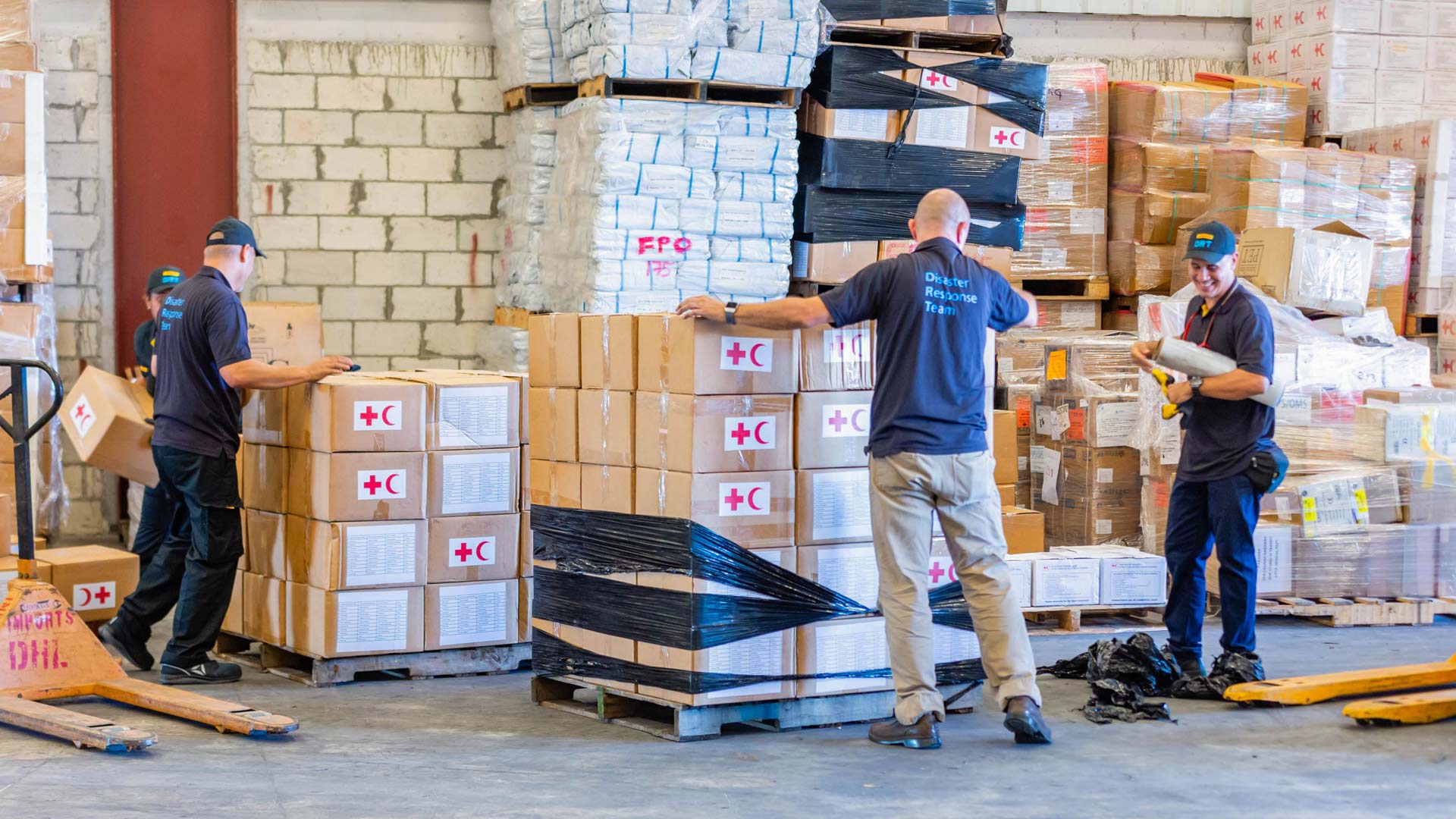
From Chaos to Coordination: 4PL’s Role in Emergency Response and Humanitarian Logistics
When disaster strikes—whether it’s a global pandemic, a devastating earthquake, or a humanitarian crisis in conflict zones—speed, precision, and coordination determine the difference between life and death. Humanitarian logistics has long been plagued by fragmented supply chains, inefficient communication, and limited visibility. Enter Fourth-Party Logistics (4PL), a model that transforms chaos into coordination by acting as a central orchestrator in emergency response.
In today’s interconnected world, where crises are unpredictable and widespread, the role of 4PL in humanitarian logistics has become more vital than ever.
Understanding 4PL in Logistics
What is Fourth-Party Logistics (4PL)?
Fourth-Party Logistics, or 4PL, is an advanced logistics model where a service provider takes full control of a company’s or organization’s supply chain. Unlike third-party logistics (3PL) providers, which focus mainly on transportation and warehousing, 4PL providers act as strategic coordinators. They integrate resources, technology, and processes from multiple partners to deliver seamless, end-to-end solutions.
In the humanitarian context, 4PL is not just about moving goods—it’s about ensuring the right resources reach the right people at the right time.
Difference Between 3PL and 4PL in Emergency Contexts
- 3PL: Manages physical operations like transportation, customs clearance, and warehousing.
- 4PL: Oversees the entire supply chain, making decisions, coordinating partners, and optimizing resources.
In emergencies, this distinction matters. While a 3PL provider might deliver supplies, a 4PL partner ensures coordination across NGOs, governments, donors, and suppliers—bringing order to chaos.
The Role of 4PL in Humanitarian Supply Chains
Coordination of Multiple Stakeholders
Humanitarian crises involve a mix of actors: international NGOs, local governments, military forces, donors, and logistics providers. Without centralized coordination, duplication of efforts and wasted resources are common. 4PL plays the role of a neutral integrator, aligning everyone’s efforts.
Centralized Information and Transparency
In disaster response, misinformation can be as dangerous as a shortage of supplies. 4PL systems enable real-time visibility into inventory, transport routes, and delivery timelines, reducing inefficiencies and increasing accountability.
Speed and Efficiency in Disaster Relief
When every second counts, 4PL accelerates logistics by cutting through red tape, automating processes, and making data-driven decisions. For instance, during large-scale disasters, 4PL can reallocate trucks, prioritize critical shipments, and reroute deliveries based on live conditions.
Key Benefits of 4PL in Emergency Response
Improved Resource Allocation
4PL ensures equitable distribution by identifying where supplies are most needed and avoiding stockpiling in one region while others suffer shortages.
Real-Time Tracking and Visibility
By leveraging GPS tracking, IoT devices, and centralized dashboards, humanitarian organizations gain complete visibility of their supply chains. This builds trust among donors and beneficiaries.
Risk Mitigation and Resilience Building
Disasters often disrupt infrastructure and supply routes. 4PL anticipates risks, develops contingency plans, and builds resilience into the supply chain, ensuring aid keeps flowing even in challenging environments.
Challenges in Implementing 4PL in Humanitarian Logistics
Funding and Cost Barriers
Implementing 4PL systems requires significant investment in technology and coordination. Many humanitarian organizations operate on tight budgets, making adoption difficult.
Data Sharing and Interoperability Issues
Humanitarian stakeholders often work with incompatible IT systems. 4PL requires a culture of data transparency, which some organizations are hesitant to adopt.
Local Infrastructure and Cultural Barriers
In regions with poor infrastructure or complex cultural dynamics, even the best-coordinated supply chains face bottlenecks. A successful 4PL model must adapt to local contexts.
From Chaos to Coordination Through 4PL
In the face of growing humanitarian crises, traditional logistics models are no longer enough. 4PL brings structure, coordination, and resilience to emergency response, ensuring that resources are allocated fairly, efficiently, and transparently. From coordinating multiple stakeholders to leveraging cutting-edge technology, 4PL transforms humanitarian supply chains from chaos into well-oiled systems of hope and relief.
As crises become more frequent and complex, 4PL is not just a choice—it is a necessity for saving lives and restoring dignity in times of disaster.
FAQs
What makes 4PL more effective than traditional logistics in emergencies?
4PL offers centralized coordination, visibility, and strategic decision-making that traditional logistics cannot provide.
Can small NGOs benefit from 4PL solutions?
Yes. Even small organizations gain efficiency and resource optimization by partnering with 4PL providers.
Are 4PL services cost-effective in humanitarian operations?
Although initial costs are high, 4PL reduces waste, duplication, and delays, making operations more cost-effective long term.
